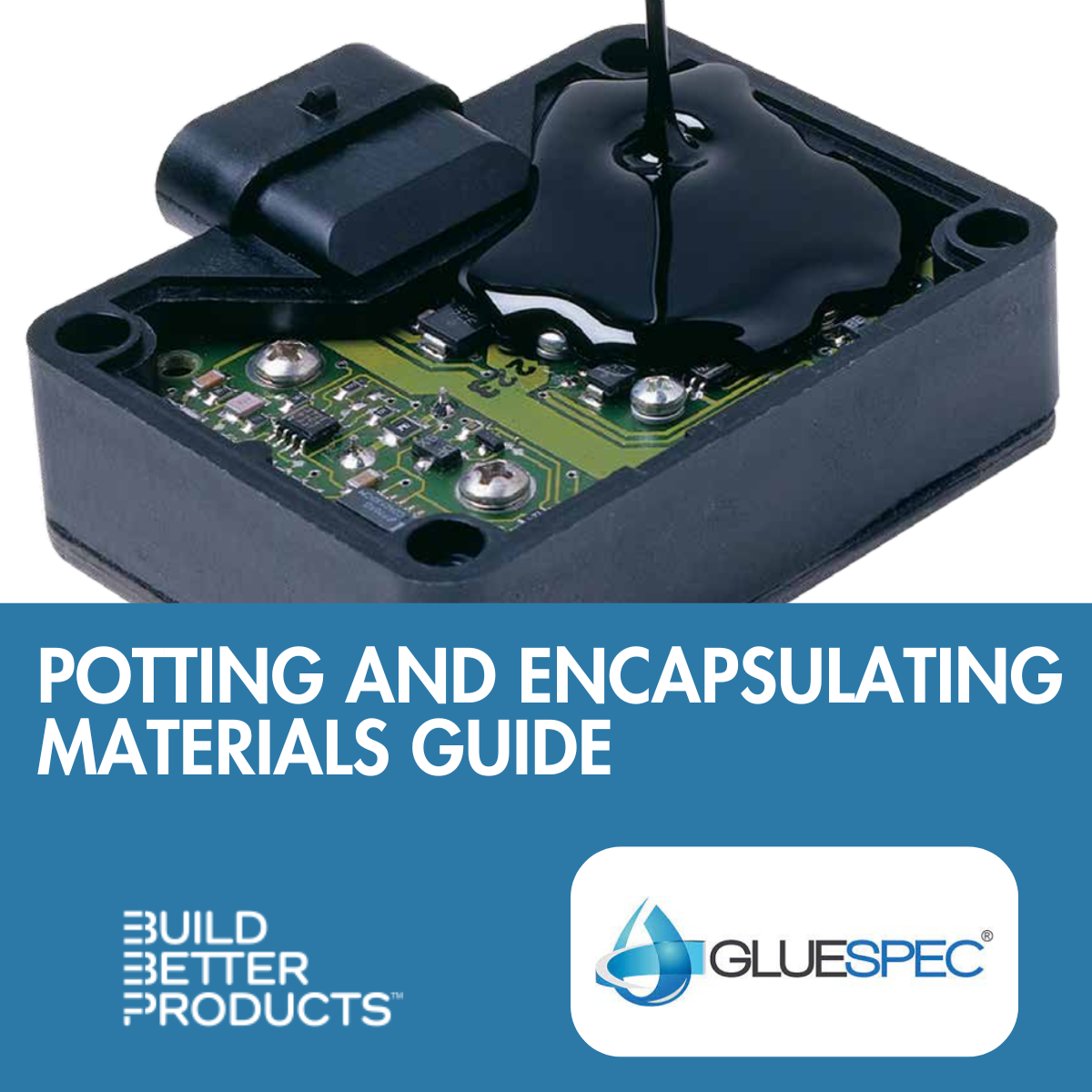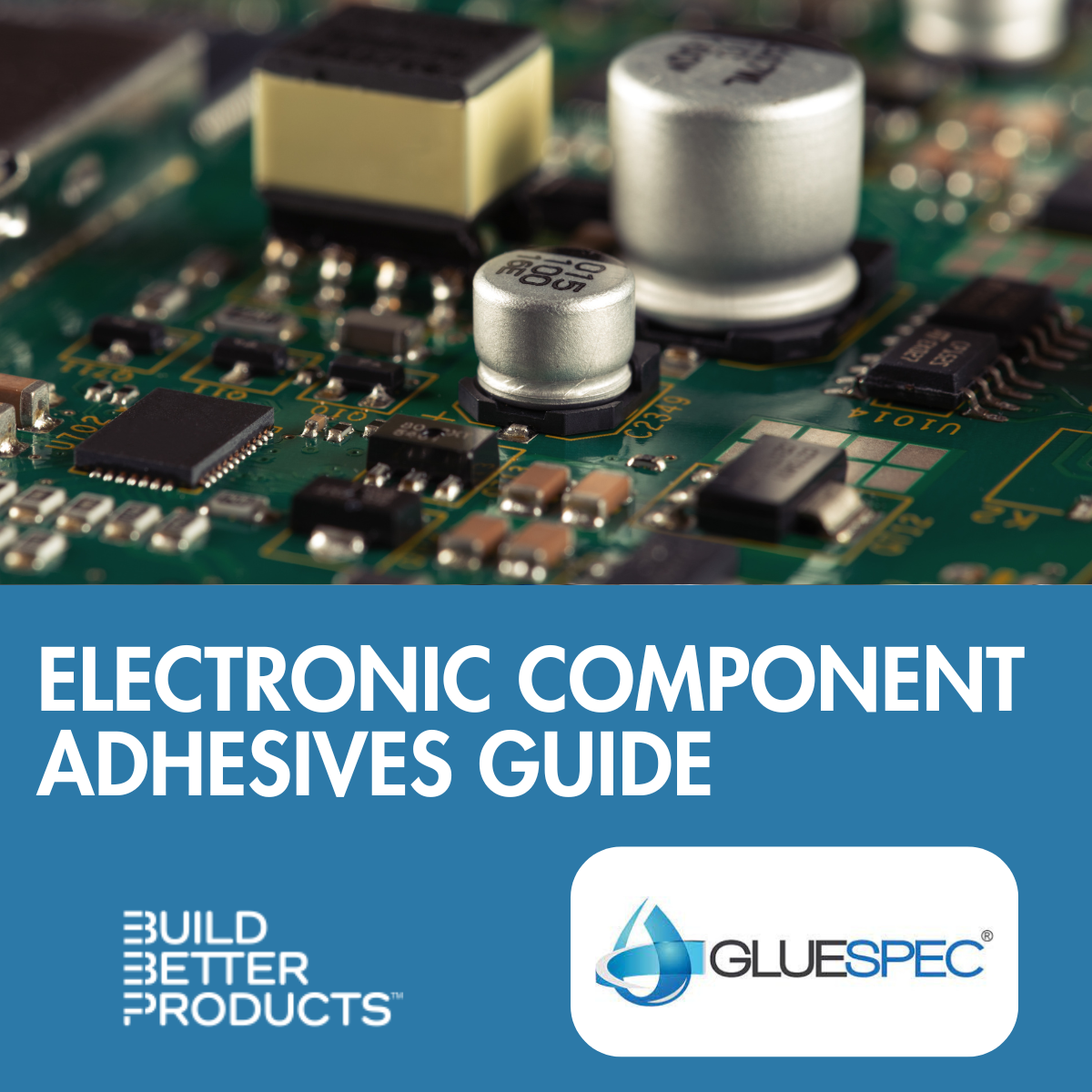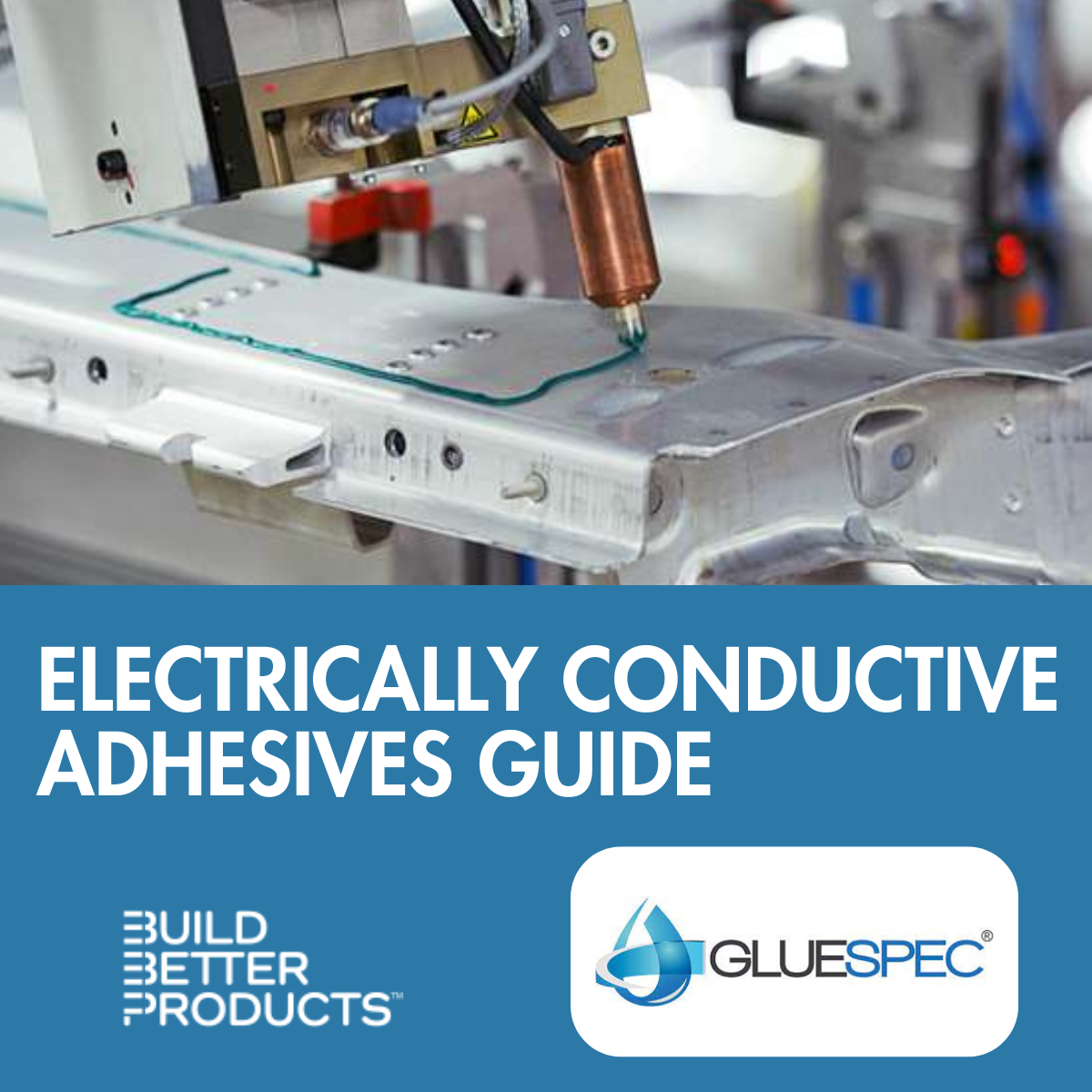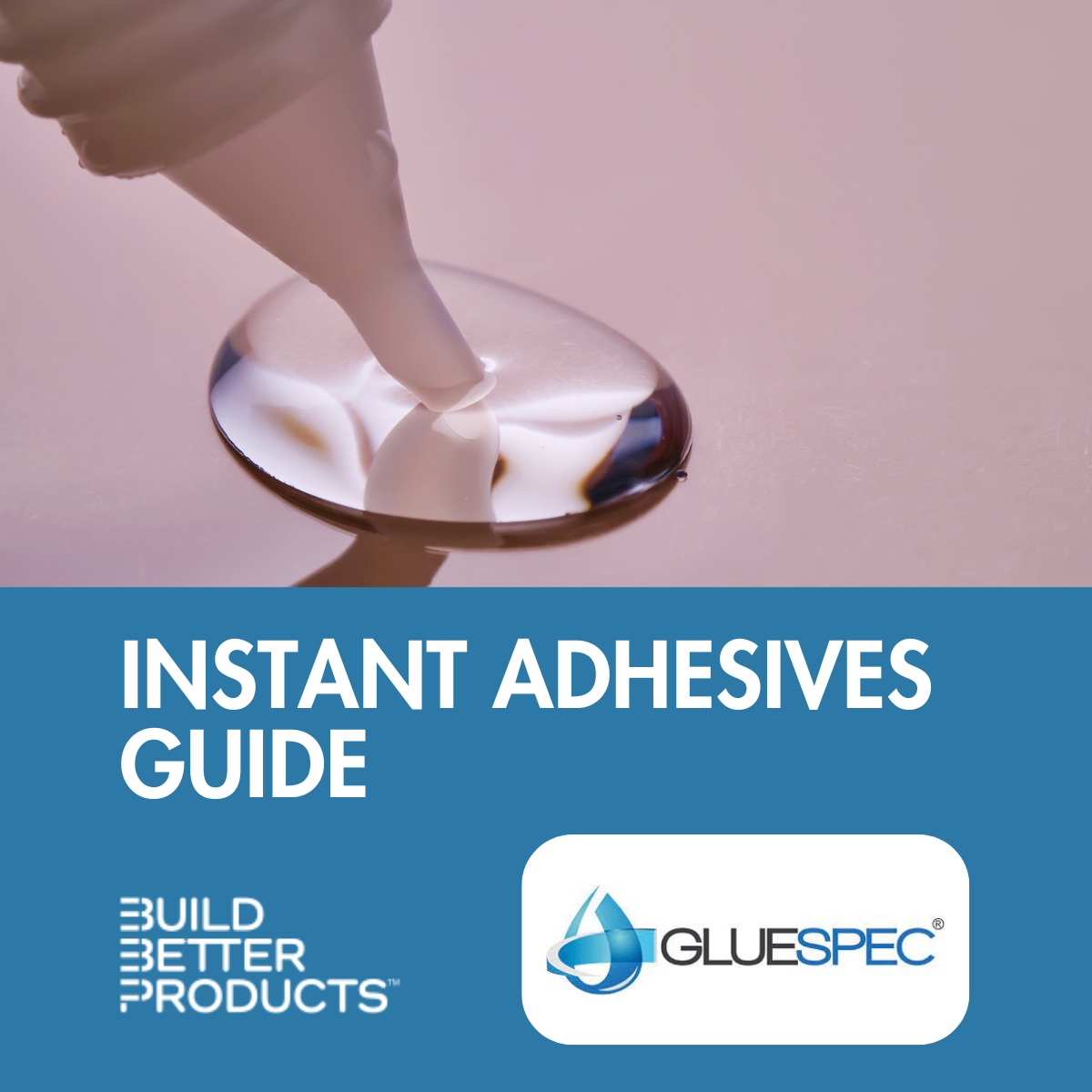

- Contributions by industrial experts with engineers in mind
- Focused on specialty-chemical material applications and selection
Knowledge Center
Structural Adhesives Guide
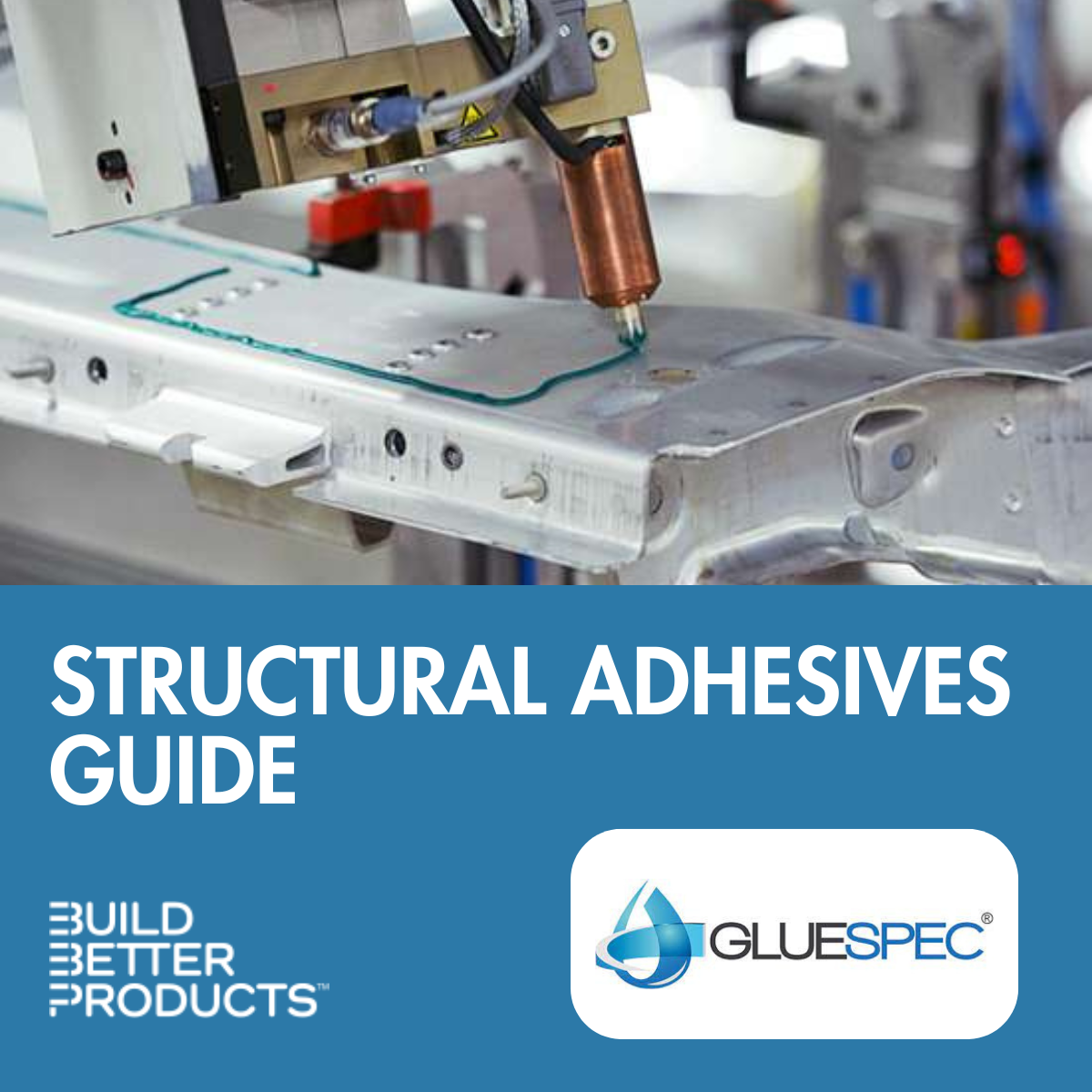
Listen to This Article
Structural adhesives are high-strength products that permanently join load-bearing materials. They are available with a choice of chemistries and may be designed to bond metal or plastic.
This guide explains what design engineers need to know about selecting structural adhesives, a category of materials you can find on Gluespec.
Gluespec’s comprehensive and quality-tested database of 35,000 adhesive materials includes the structural adhesives that design engineers need.
Along with technical data and key specifications, you’ll find best practices and comparable materials. You can also view test method information on dozens of material properties and data points.
Table of Contents
Introduction
Structural adhesives withstand load-bearing forces and provide high-strength bonds, typically for the life of an assembly. They are better at distributing stress than fasteners and can rival welds in terms of shear strength.
Among their advantages, structural adhesives eliminate the need for mechanical fasteners and the hand tools that are used with them. They can also fill gaps for structural integrity, reduce joint movement, dampen vibrations, and improve aesthetics.
Structural adhesives can be used to join similar or dissimilar substrates together. They include one-part and two-part products that cure with moisture in the air, heat, ultraviolet (UV) light, or a combination of mechanisms.
Applications for structural adhesives include automotive and aerospace, manufacturing, construction, and electronics assembly – just to name a few.
Types of Structural Adhesives
Gluespec divides structural adhesives into the following categories and lets you search for them online.
- Epoxy Structural Adhesives
- Polyurethane Structural Adhesives
- Metal Bonding Adhesives
- Plastic Bonding Adhesives
The following sections describe these categories in terms of material and performance properties, set and curing times, applications and industries, key technical specifications, and general advantages and disadvantages. You’ll also find links to technical resources where you can find additional information, either in the Gluespec Knowledge Center or from other trusted resources.
Epoxy Structural Adhesives
Epoxy structural adhesives form tough, high-strength bonds and combine good chemical resistance with excellent environmental resistance. They bond well to similar substrates and can be used with metal, plastic, rubber, glass, ceramic, or wood. Unless they are modified, epoxy adhesives are hard and brittle after curing.
Epoxies have good void-filling capabilities and can resist creep under sustained loads. Typically, they cure at room temperature or with the addition of heat. Because room temperature curing epoxies do not work well at temperatures over 120°C, a heat-cured epoxy is recommended for higher temperature applications.
One-part epoxies are generally heat-cured. Two-part epoxies begin curing after the two materials (A+B) are combined. The resin and a hardener are mixed together, and the hardener triggers polymerization. Typically, two-part epoxies are used for high-stress applications with significant temperature changes, vibrations, or mechanical shock.
Some epoxy structural adhesives contain fillers or additives that impart specialized properties. For example, products are available in formulations that are electrically or thermally conductive.
When searching for epoxy structural adhesives, design engineers can choose liquids, gels, films, pastes, or tapes. In addition to the substrate materials, it’s important to specify the application conditions and, in the case of a higher-temperature product, a specific temperature range.
Engineers can also choose products in various colors and with a shorter or longer cure time and working time. Some cure times are short as 30 minutes but others can take up to 24 hours. Cured epoxy resins may appear to “smoke” during curing because heat is released; however, most standard epoxies are considered to be non-flammable.
Applications
Applications for epoxy adhesives include:
- Automotive subassemblies
- Aerospace components
- Marine environments
- Building and construction repairs
- Environments with harsh chemicals.
Products
These are some of the epoxy structural adhesives you'll find on Gluespec.
 |
2 Ton Epoxy from Devcon (ITW) is a two-part, liquid epoxy that cures at room temperature. It bonds substrates made of ceramics, glass, metal, wood, concerte. |
 |
320/322 Epoxy Adhesive from Parker Lord is a two-part, epoxy paste that cures at room temperature or with an accelerated heat cure. It's solvent-free. |
 |
Themal Bonding Film AF42 from 3M is an epoxy film adhesive that provides stress relief to joints where there coefficient of thermal expansion (CTE) mismatches. |
Tech Specs
Here are some of the technical specifications for epoxy adhesives like Parker LORD 310.
|
Type |
Spec |
Definition |
|
Cure |
Cure Time (min) |
Cure time refers to the length of time needed for something to fully cure. |
|
Viscosity (cPs) |
Viscosity is a measure of a fluid’s resistance to flow. |
|
|
Bond Strength |
General Bond Strength |
The amount of adhesion between the bonded substrates, usually measured in pounds per square inch. |
|
|
Shear Strength (psi) |
The shear strength of a material is defined as its ability to resist forces that cause the material’s internal structure to slide against itself |
|
Hardness |
Durability |
Durability is the ability of a physical product to remain functional, without requiring excess maintenance or repair, when faced with the challenges of normal operations over its design lifetime. |
|
Elongation %. |
Elongation percentage is the process of becoming or making something become longer, and often thinner. |
Resources
Here are some resources about epoxy structural adhesives you can find on Gluespec.
Polyurethane Structural Adhesives
Polyurethane structural adhesives combine high-strength and durability with strong resistance to humidity and other environmental factors. They are more flexible than epoxy adhesives after curing, but uncured polyurethane is sensitive to inadequate or excess moisture.
During joining, pressure may need to be applied to polyurethane structural adhesives because foaming from the release of carbon dioxide can occur. When clamping is recommended, products generally have a shorter working time (open time, pot life).
All polyurethane adhesives use a chemical reaction between an isocyanate and a polyol; however, there are still two main types of products: one-part and two-part systems. With one-part polyurethane adhesives, moisture from the atmosphere is required for complete cross-linking.
Two-part systems require mixing but generally have longer shelf lives than one-part systems. If one of the substrates is non-porous, extra moisture may be required. Two-part polyurethane adhesives also require the proper ratio of components, but their cure times tend to depend more upon the specific formulation than upon ambient conditions.
All polyurethane-based adhesives are non-flammable, and they can be formulated to provide thermal conductivity. Most products are supplied as liquids, gels, or pastes and can be used with more than one type of substrate material.
Heat-cured and ultraviolet (UV) light cured products are available.
Applications
Applications for polyurethane adhesives include:
- Building and construction
- Furniture and lamination
- Aerospace assembly
- Footwear and consumer products
- Automotive parts such as truck panels
Products
These are some of the polyurethane structural adhesives you'll find on Gluespec.
 |
Urethane D-85 Blue/Beige Package #04023 from Hardman is a two-part, liquid polyurethane that's extra fast-setting. It has good peel strength. |
 |
Multi-Cure OP-24-Rev B from Dymax is a one-part, liquid urethane acrylate that cures with UV light. It bonds glass, metals, and plastics. |
 |
SA24 Rite-Lok Structural Adhesive from 3M is a two-part, liquid urethane methacrylate for tough, durable bonds under moderae temperatures. |
Tech Specs
Here are some of the technical specifications for polyurethane adhesives like 3M SA24 Rite-Lok.
|
Type |
Spec |
Definition |
|
Cure |
Cure Time (min) |
Cure time refers to the length of time needed for something to fully cure. |
|
Viscosity (cPs) |
Viscosity is a measure of a fluid’s resistance to flow. |
|
|
Bond Strength |
General Bond Strength (psi) |
The amount of adhesion between the bonded substrates, usually measured in pounds per square inch. |
|
Shear Strength (psi) |
The shear strength of a material is defined as its ability to resist forces that cause the material’s internal structure to slide against itself. |
|
|
Other Properties |
Specific Gravity |
The ratio of the density of a substance to the density of some substance (such as pure water) taken as a standard when both densities are obtained by weighing in air |
Resources
Here are some resources about polyurethane adhesives you can find on Gluespec.
Metal Bonding Stuctural Adhesives
Metal bonding structural adhesives create strong, permanent bonds between two metal surfaces, or sometimes between a metal and a non-metal substrate.
Three main chemistries are used: epoxy, polyurethane, and methacrylate. They all provide excellent environmental resistance and have high shear strength; however, they vary in terms of other properties. For example, most methacrylate adhesives lack flame resistance.
During product selection, it’s especially important to consider the type of metal or metals to bond. For example, epoxy adhesives can bond well to most metals, including aluminum and aluminum alloys. With galvanized steel, however, a primer may be required.
Polyurethane adhesives also bond to most metals, but cleaning and surface preparation is generally needed. Methacrylate adhesives bond to metals but require activators or primers.
When selecting metal bonding adhesives, designer engineers can choose liquids, gels, films, pastes, or tapes. Thermally conductive formulations are available, and engineers can specify that the adhesive will be exposed to high temperatures, low temperatures, chemical or solvents, and high moisture or humidity.
One-part and two-part formulations that cure at room temperature or with heat are commonly used, but some metal bonding adhesives cure with UV light.
Applications
Applications for metal bonding adhesives include:
- Appliance manufacturing
- Aerospace components
- Electronic assembly
- Medical devices
- Industrial joining
Products
These are some of the metal bonding structural adhesives you'll find on Gluespec.
 |
EP11HT from Resinlab is a two-part, epoxy paste that wets most surfaces and cures to a tough, rigid material. It provides good vibratiion and impact resistance. |
 |
9-20512 from Dymax is a one-part gel with a urethane acrylate blend. It cures in second with UV light. Applications include coil bonding. |
 |
310 Epoxy Adhesive from Parker Lord is a two-part epoxy paste tha is solvent-free and non-flammable. It bonds to aluminum and cold rolled steel. |
Tech Specs
Here are some of the technical specifications for metal bonding adhesives.
|
Type |
Spec |
Definition |
|
Cure |
Work / Pot Time |
Pot life is the length of time in which multiple part coatings or paints can be applied to a surface |
|
Thixotrophic |
A thixotrophic fluid is one that takes a fixed time to return to its equilibrium viscosity when subjected to abrupt changes in shear rate |
|
|
Bond Strength
|
Peel Strength (piw) |
Peel strength is a measure of the adhesive strength of two or more material that have been bonded together |
|
Impact Strength (psi) |
The impact strength of a material is defined as its capability to resist a sudden applied force or load. |
Resources
Here are some resources about metal bonding adhesives that you can find on Gluespec.
Plastic Bonding Structural Adhesives
Plastic bonding structural adhesives produce strong, permanent bonds between two plastic surfaces, or sometimes between a plastic and a non-plastic substrate. Products are usually black, blue, brown, gray or green in color. They can have cure times that range from 10 minutes to 24 hours.
Epoxy and polyurethane chemistries are common, but plastic bonding structural adhesives can use acrylic or methacrylate chemistries instead. Acrylics aren’t as strong as epoxies, but they tend to have faster cure speeds and provide excellent adhesion to low surface energy (LSE) plastics such as polyethylene and polypropylene.
Because LSE plastics are more difficult to bond, it’s important to choose a product that will adhere to these substrates, if required. Otherwise, plasma or flame treatments may be necessary. During product selection, engineers can specify a wide range of plastics, including both commodity and engineering resins.
Not all plastics have low surface energy, and ABS and polycarbonate are examples of high surface energy (HSE) materials that are easier to bond and that support long-term adhesion.
When selecting plastic bonding adhesives, design engineers can choose liquids, films, pastes, or tapes. Thermally conducive formulations are available, and engineers can specify products that are designed to withstand high temperatures, low temperatures, chemical or solvents, and environments with high humidity.
Applications
Applications for plastic bonding adhesives include:
- Construction
- Medical devices
- Furniture and wood working
- Sporting equipment
- Transportation
Products
These are some of the plastic bonding structural adhesives you'll find on Gluespec.
 |
Plastic Welder from ITW is a two-part, liquid methacrylate that cures at room temperature and bonds to ABS, PVC, PET, PBT, PC, PPO, and other plastics. |
 |
Conapoxy AD-10 from Elantas is a one-part, 100% solids epoxy paste that cures with heat and resists temperatures up to 302°F. |
| Easy-Mix RK-7200 Structural Acrylic Adhesive from WEICON is a two-part liquid methyl methacrylate that is fast-curing and solvent-free. |
Tech Specs
Here are some the technical specifications for plastic bonding adhesives.
|
Type |
Spec |
Definition |
|
Cure |
Cure Time (min) |
Cure time refers to the length of time needed for something to fully cure. |
|
Viscosity (cPs) |
Viscosity is a measure of a fluid’s resistance to flow. |
|
|
Bond Strength |
Peel Strength |
Peel strength is a measure of the adhesive strength of two or more materials that have been bonded together. |
|
Hardness |
Elongation % |
The process of becoming or making something become longer, and often thinner |
|
Other Properties |
Flash Point (°F) |
The lowest temperature at which vapors above a volatile combustible substance ignite in air when exposed to flame. |
|
% Solids (%) |
The ratio of the density of a substance to the density of some substance (such as pure water) taken as a standard when both densities are obtained by weighing in air |
Resources
Here are some resources about adhesives for plastic bonding that you can find on Gluespec
- Plastic Bonding with Adhesives – Considerations Q&A
- How Plasma and Flame Surface Treating Improve Adhesive Bonding
Gluespec is Your Source for Structural Adhesives
Gluespec’s comprehensive and quality-tested database of 35,000 adhesive materials includes the structural adhesives that design engineers need. The materials and manufacturers in our database are not limited to specific suppliers, and data is quality-checked and updated as needed whenever new data sheets or product specifications are released.
If you need deep data on structural adhesives or other materials, you’ll find what you’re looking for in our proprietary adhesives database. Along with technical data and key specifications, you’ll find best practices and comparable materials. Design engineers can also view test method information on dozens of material properties and data points.
Finally, Gluespec’s Advanced Search provides the tools you need to conduct deep filtering among all material properties. The result is a customized grid that contains materials and data points that are specific to your project. Save custom grids for quick access and share them, along with this Structural Adhesives Guide, with your colleagues.


